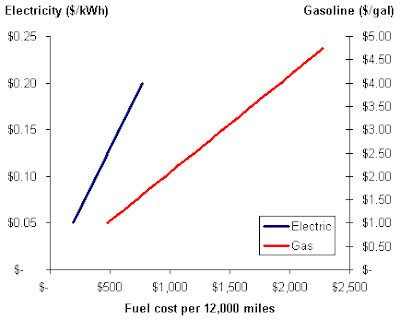Take two struggling companies and somehow merge them together to magically solve all their problems and make them stronger than either would be on their own. Do this while incurring the expenses of a costly integration and all the confusion that comes with it. Right. I suspect the real motivation for the merger is an attempt to become "too big to fail." Either company could be a viable competitor on its own if it were willing to accept the harsh reality and make some changes. Here is my armchair quarterback advice for fixing the American automakers:
1) Cut redundant brands and focus marketing support behind a few winners rather than diluting it across 20 brands.
2) Get out of ridiculous union contracts that pay workers to clock in and perform no labor (the "job bank" program). If they need to declare BK to renegotiate these contracts, so be it. You have to reduce supply so you can stop relying on huge discounts and fleet sales (which kill resale, further reducing retail demand).
3) Same recommendation for their contracts with captive parts suppliers like Delphi. Everything needs to be opened up to the market and rebid. Even in a brand new Chevy Cobalt, the radio looks like something out of the early 90s - quality may have improved but you'd never know it by looking at a dated instrument panel.
4) The dealer network needs to be reduced. This is tough but necessary, their sales volume just can't support the number of dealers out there.
5) Move their corporate headquarters out of Detroit. They've developed myopia from living there for too long, believing that Americans will always support their products. If they ever visited the west or east costs (even in Texas the Toyota Tundra is giving the F150 a run for its money) they'd realize that their brands are just one of many in the marketplace.
If Toyota, BMW, and Honda can profitably make cars in the US, there no reason the American brands can't.
By the way, we (the American taxpayers) agreed to lend them another $25 billion in a bill that was passed shortly before the bailout package went through. It didn't get much press coverage after the fact, but we are now subsidizing their broken business model.
























